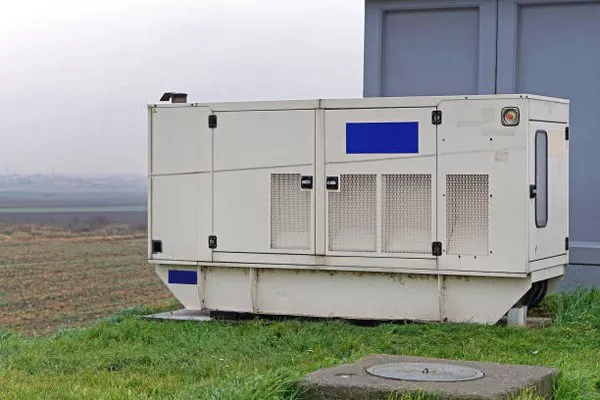In the realm of electrical power generation, the term “kVA” holds paramount significance. It is a crucial parameter that engineers and technicians use to assess the capacity and performance of generators. In this article, we delve into the intricacies of kVA in generators, exploring its definition, significance, and its role in ensuring efficient and reliable power supply.
Defining kVA:
The acronym kVA stands for kilovolt-amperes, a unit of apparent power in the International System of Units (SI). Unlike kilowatts (kW), which represent real power, kVA encompasses both real and reactive power components. Real power is the actual power that performs work, while reactive power is essential for maintaining voltage levels in the electrical system.
Mathematically, the relationship between real power (kW), apparent power (kVA), and power factor (PF) can be expressed as follows:
Apparent Power (kVA)=Real Power (kW)/Power Factor (PF)
Understanding the Significance:
The importance of kVA in generators lies in its role as a comprehensive measure of the total power required to perform a specific task. Generators are designed to produce a certain amount of kVA, reflecting their capacity to handle both real and reactive power loads. This capability ensures that the generator can support various types of electrical equipment, from simple lighting systems to complex industrial machinery.
In practical terms, a generator with a higher kVA rating can accommodate more electrical devices simultaneously or support heavier loads without compromising performance. It serves as a vital parameter for sizing and selecting generators to meet specific power requirements in diverse applications.
Power Factor and Its Impact on kVA:
The power factor (PF) is a dimensionless quantity that indicates the ratio of real power to apparent power in an electrical system. A power factor of 1 (or 100%) implies that all the apparent power is being used to perform work, while a lower power factor indicates a portion of the power is being lost as reactive power.
Generators with high power factors are more efficient, as they deliver a greater amount of real power for the same apparent power rating. In situations where the power factor deviates from unity, the kVA rating becomes crucial for accurately determining the generator’s capacity to handle the load.
Power Factor Correction:
To optimize the efficiency of generators and electrical systems, power factor correction measures may be employed. Power factor correction involves adding capacitors or other devices to the system to offset the effects of reactive power, improving the overall power factor. By enhancing power factor, generators can operate closer to their kVA rating, ensuring optimal utilization of their capacity and reducing energy losses.
Selecting the Right Generator Size:
When choosing a generator for a specific application, understanding the kVA requirement is paramount. Undersized generators may struggle to meet the demand, leading to inefficient performance and potential damage. Oversized generators, on the other hand, can result in higher initial costs, increased fuel consumption, and decreased overall efficiency.
To determine the appropriate generator size, factors such as the total connected load, power factor, and future expansion plans must be considered. Accurate sizing ensures that the generator can reliably provide the required power while operating within its optimal capacity.
SEE ALSO A Comprehensive Guide on How to Properly Ground a Generator
Real-World Applications:
In various industries and settings, the significance of kVA becomes evident. In construction sites, for instance, generators power a multitude of tools and equipment simultaneously. A generator’s kVA rating ensures that it can handle the diverse power requirements of welding machines, concrete mixers, lighting systems, and more.
In healthcare facilities, where uninterrupted power is critical, generators with ample kVA capacity are indispensable. They guarantee a seamless transition to backup power during outages, ensuring that life-saving medical equipment remains operational.
Conclusion:
The understanding of kVA in generators is paramount for engineers, technicians, and decision-makers involved in power generation and distribution. It serves as a foundational parameter, influencing the selection, sizing, and efficiency of generators in diverse applications. By grasping the intricacies of kVA, stakeholders can make informed decisions that contribute to reliable and efficient electrical systems, meeting the dynamic power needs of our modern world.

